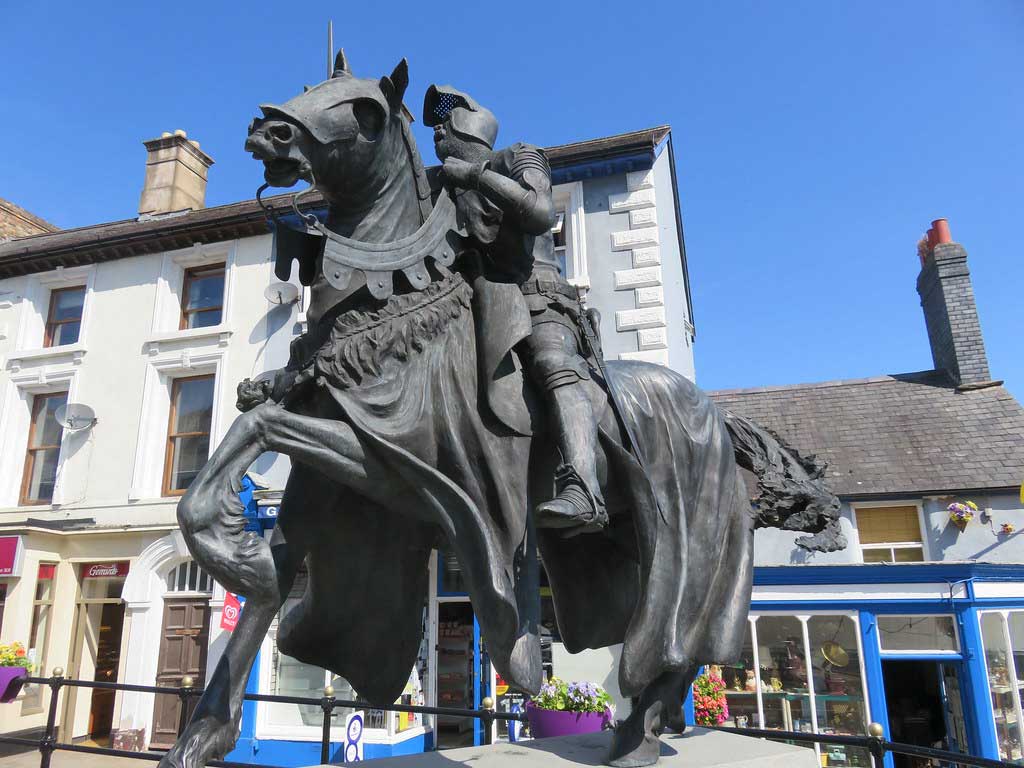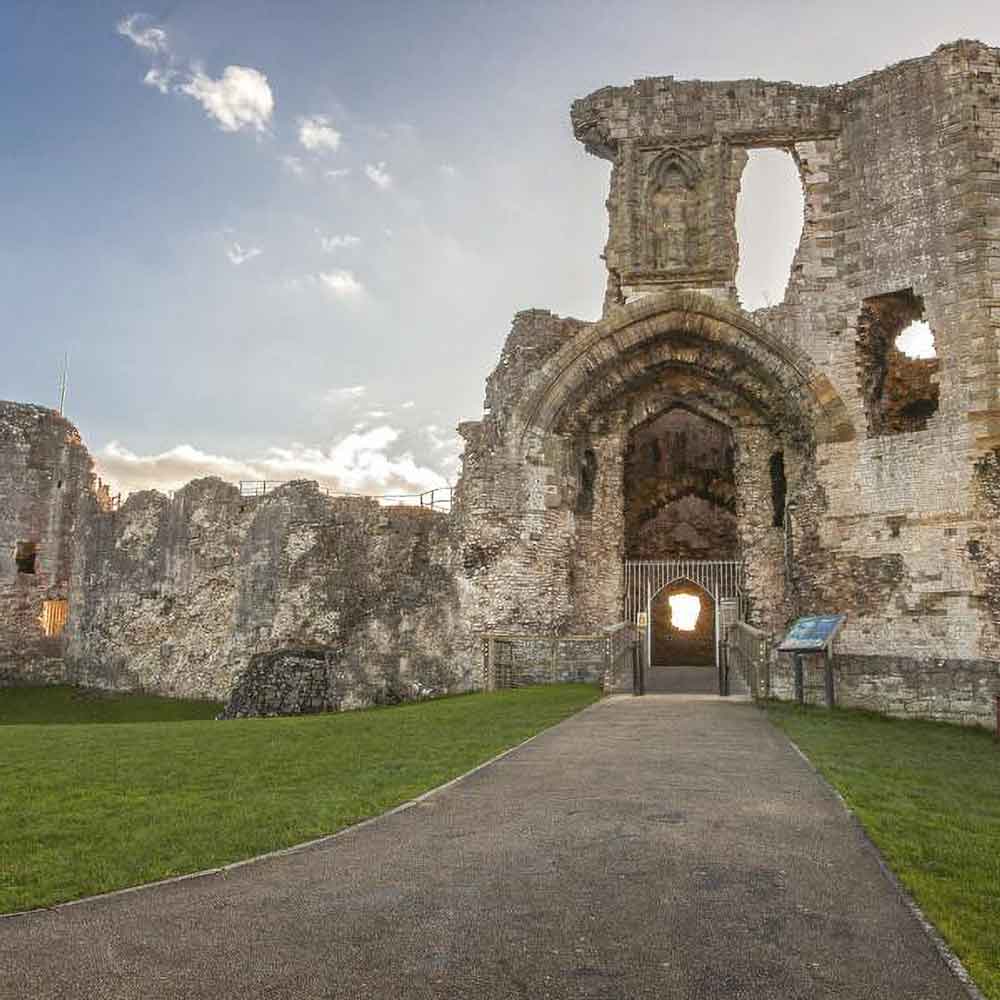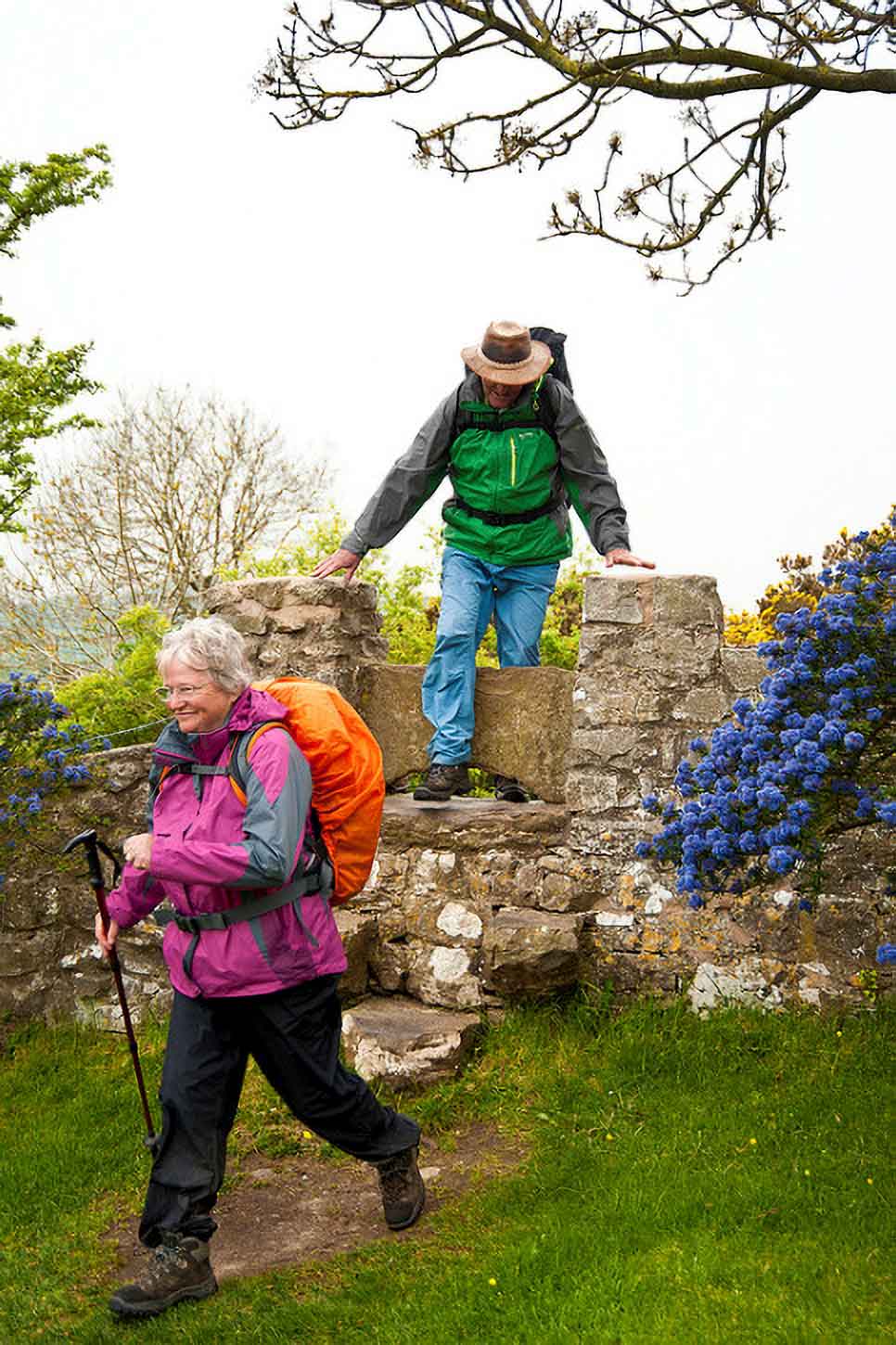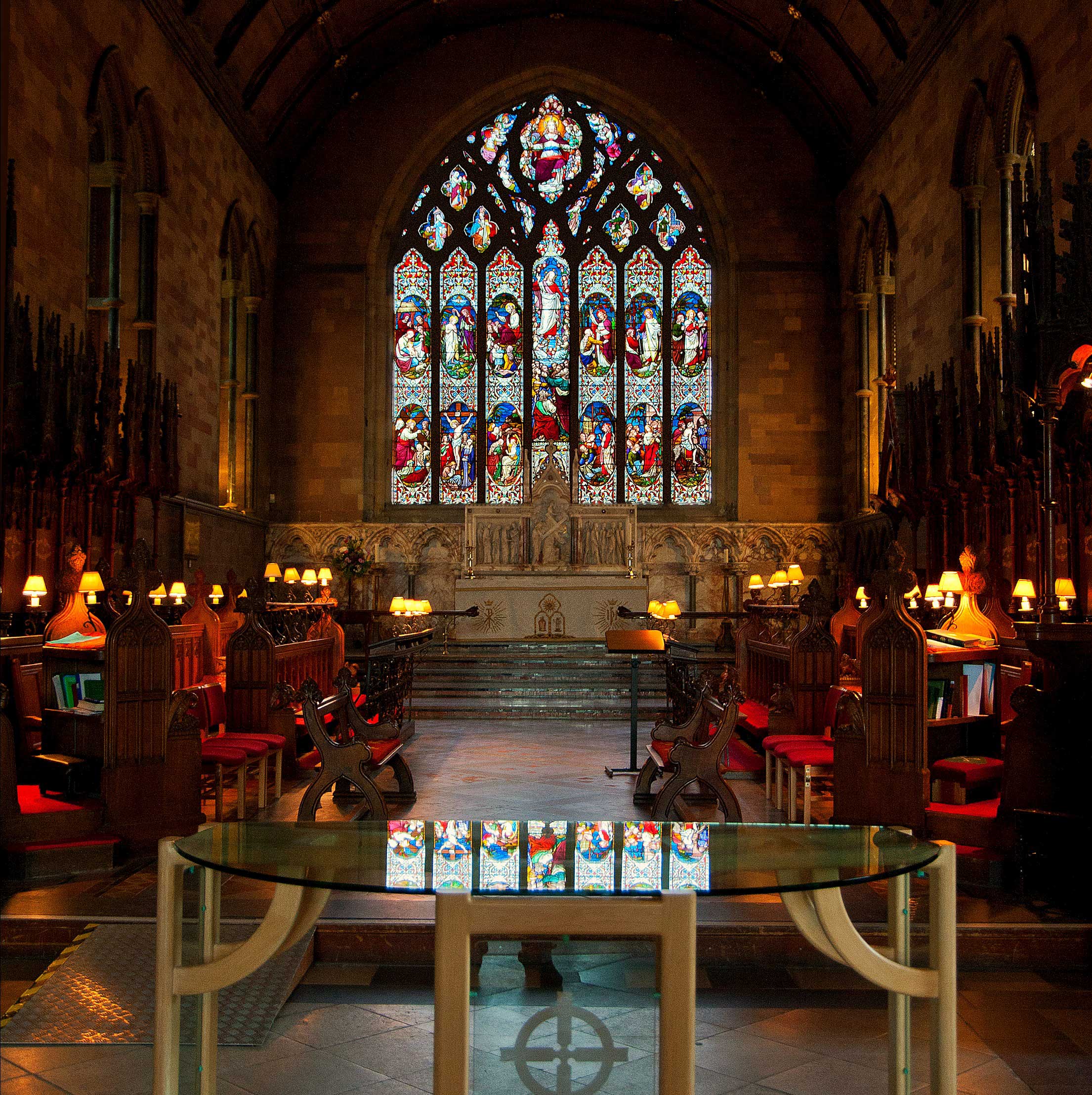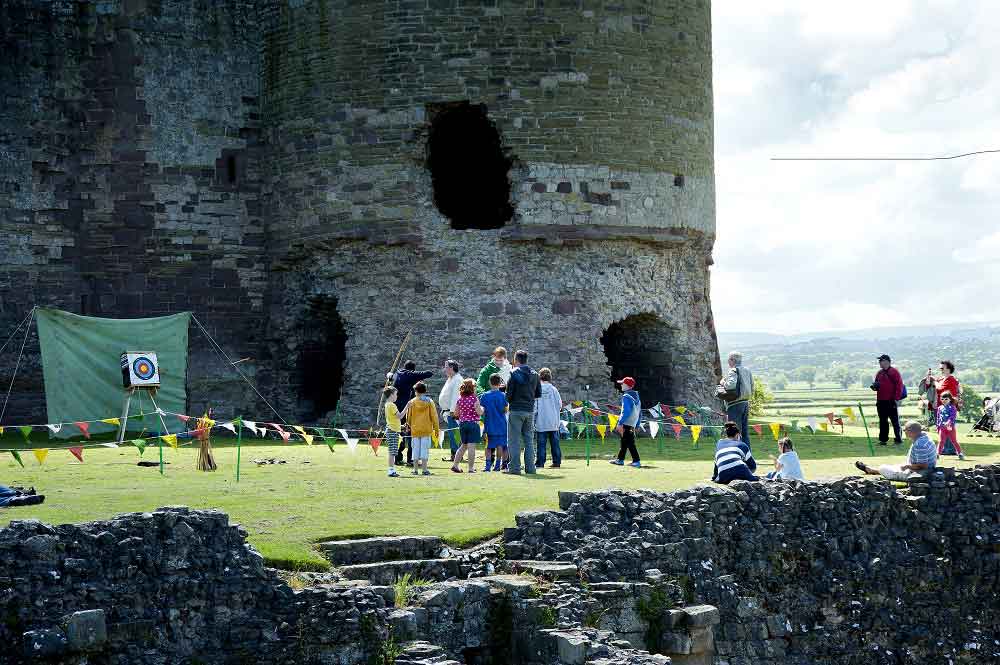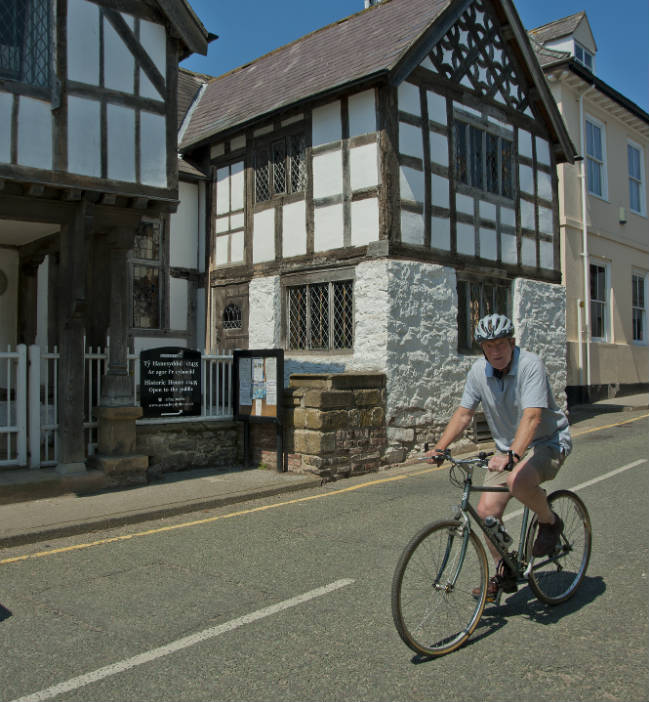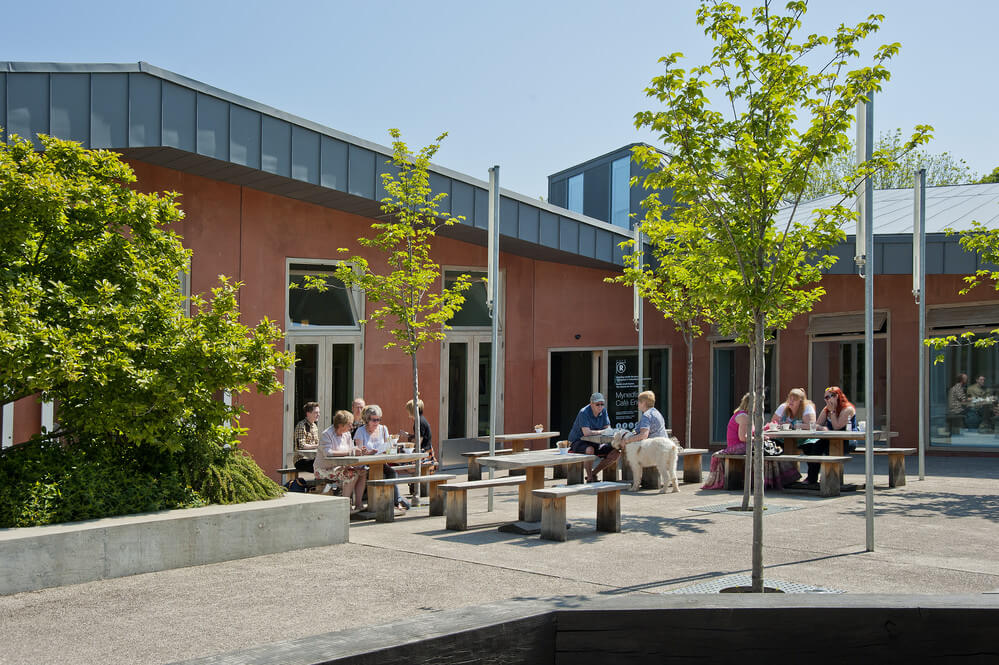Rhyl is the quintessential British seaside resort. For generations it’s been the place to come if you fancy the sand between your toes, the breeze in your hair and a great big ice cream in your hand. We wouldn’t blame you if you just wanted to hire a deck chair and hit the beach. But Rhyl’s not just for sunbathers and sandcastle builders. There are lots of walkers and cyclists too. That’s because two epic routes pass through here: the 870-mile Wales Coast Path and 372-mile National Cycle Route 5.
The area now known as Rhyl was listed in the Domesday Book 1086 as the settlement of Bren which was scattered amongst sand hills and salt marshes. The Rhuddlan Marsh Embankment Act of 1794 enabled the land to be drained and with the subsequent Enclosure Act of 1813, reclaimed marsh land became available for sale, and Rhyl began to develop one of the newly popular seaside resorts.
The first hotel in Rhyl, the Royal, was built in 1825 and by 1829 a regular steampacket service was running between the town and Liverpool. The town grew steadily through the mid and late 19th Century, particularly in response to the opening of the Stephenson’s railway from Chester to Holyhead in 1848. In 1853there were just 604 houses in the town and by 1881 there were 1,300 houses and shops and a population of 6,028. By 1893, Rhyl was the largest settlement in the former county of Flintshire and the distinctive grid form of the town centre was complete by 1912.
Much of central Rhyl is still as it was constructed during the 19th century, and the sea front activities, though much changed, are still focussed on the tourist trade Rhyl. Whether you like active holidays of the sun and fun variety, or prefer to admire the scenery from a bike or a park bench, this part of the world has something for all ages, all year round. It’s little wonder that the seaside town of Rhyl is so popular with visitors. Rhyl is a great base for exploring coast and country, but with miles of big sandy beaches and so much to see and do, they’re excellent destinations in their own right.
Rhyl has no fewer than four sandy beaches to choose from, so there’s plenty do. Paddle in the sea, fly a kite, or build a sand castle. Or give your sense of adventure a workout and try something new; our big open shorelines are perfect for windsurfing, kitesurfing, paddleboarding and more. Sounds too much like hard work? Watching the world go by from the comfort of a deck chair also comes highly recommended.


